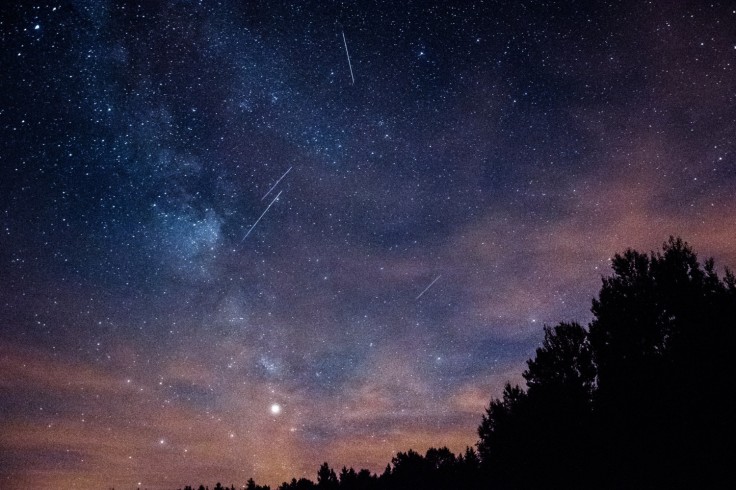
The Eta Aquarid meteor shower is set to peak this month and those who love catching meteor showers should definitely not miss out on it.
To help make sure that that does not happen, here is a handy guide to this year's Eta Aquarid meteor shower:
Eta Aquarid Meteor Shower 2022: What are the Eta Aquarids?
The Eta Aquarid meteors actually move pretty fast so if you are planning on catching them, you cannot just laze around. According to the National Aeronautics and Space Administration (NASA), they travel at a speed of around 148,000 mph.
The Eta Aquarids are often associated to Halley's Comet as it is often referred to as the parent comet. However, a report by Space notes that the path of the Eta Aquarids have long separated from Halley's Comet already.
Related Article : Eta Aquarids 2020: Watch Out for the Meteor Shower to Happen 11:00 Tonight; Here's How to Spot
When and Where to Watch the Eta Aquarid Meteor Shower 2022
Generally, the Eta Aquarids can be seen from both the Northern and Southern hemispheres, according to NASA. However, the Southern Hemisphere has better chances of catching more meteors as the Northern Hemisphere has a rate of 10 meteors per hour only. However, the report by Space points out that the rate this year could go up to 50 meteors per hour.
The peak of this year's Eta Aquarid meteor shower is during the hours before dawn on May 5. If you are planning to go on an overnight stargazing trip, it is best to go on the evening of May 4 to the early morning hours of May 5.
Specifically, the best hour to look up at the sky is at 2 a.m. local time.
How to Snap Photos During a Meteor Shower
Those who love taking photos of the night sky specifically look forward to meteor showers as they often become opportunities to snap awe-inspiring photos. However, snapping even just one beautiful shot of a meteor shower can be easier said than done.
Luckily, NASA has provided some tips and advice for those who want to photograph a meteor shower.
The space agency recommends that you use wide-angle lens regardless of what camera you plan on using. "A wide-angle lens will capture more of the sky and give you a greater chance of capturing a meteor in your shot, while a telephoto lens captures a smaller area of the sky," it points out. NASA also recommends manually focusing your lens.
NASA likewise recommends using your camera's built-in timer or a shutter release cable. It is also wise to calculate the exposure time by following the so-called 500 Rule. What you have to do is divide 500 by the length of your lense in millimeters. The number you get is actually the length of time in seconds that is ideal for you to keep your shutter open.
Make sure to also aim your camera to the general area where the meteor shower will originate. How exactly does one know that? "Meteor showers get their name based on the point in the sky from which they appear to radiate," NASA explains.
In this case, the constellation Aquarius is the home of the radiant of the Eta Aquarids.









